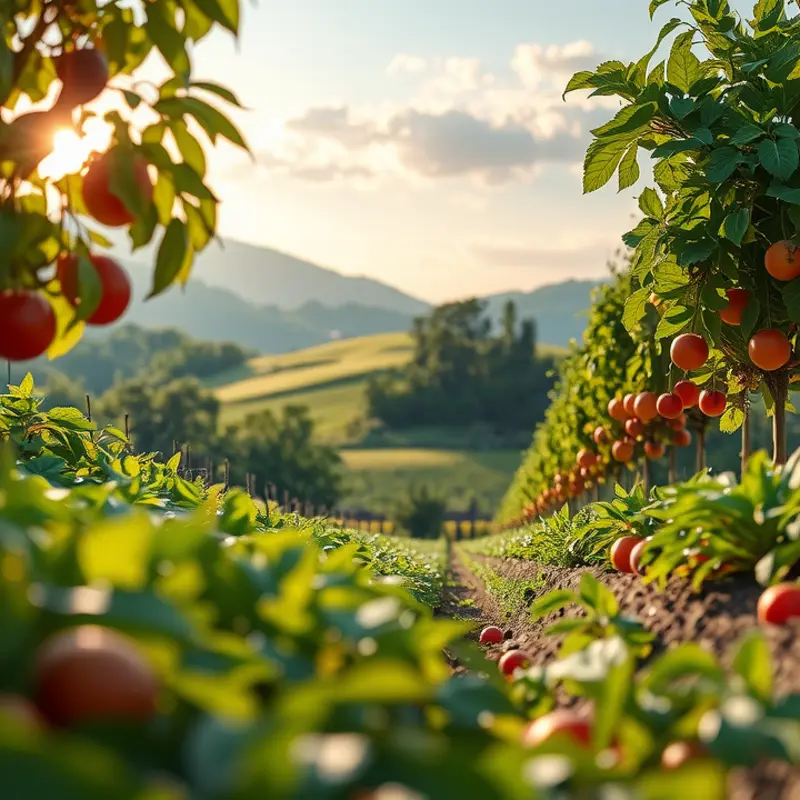Opened canned goods can be a pantry staple, providing convenience and nutrition. However, once the can is opened, it’s crucial to manage them properly to avoid spoilage and reduce food waste. In this guide, you’ll learn effective methods for storing opened canned foods safely, ensuring your meals remain fresh and delicious.
Understanding Storage Techniques for Opened Canned Goods

When a can of food is opened, it marks the start of a countdown to consume or properly store the contents. Preserving the freshness and preventing waste are paramount. Proper storage involves more than just placing leftovers in the refrigerator. It requires understanding the best methods and the importance of suitable containers and labeling.
Best Practices for Storing Opened Canned Goods
Once a can is opened, its contents are exposed to air and moisture, accelerating their spoilage. Always transfer the remaining food to another container after opening. Leaving food in the can can lead to metallic tastes and potential bacterial growth. Utilize airtight containers to maintain freshness and prevent contamination. Ensure the containers are clean and dry before transferring the food.
Temperature is crucial. Opened canned goods should be stored at or below 40°F (4°C). This temperature slows the growth of bacteria. Labeling is equally important. Include the date of transfer and a description of the contents. This practice helps manage inventory and reduces food waste by reminding you of the product’s shelf life.
Choosing the Right Containers
When selecting containers, consider material, size, and sealing capability. Glass and BPA-free plastic containers are excellent choices. Glass does not retain odors or stains and offers visibility, which makes monitoring easier. BPA-free plastic containers are lightweight and durable, but be mindful of their condition over time.
Choose containers that match the portion size remaining from your canned goods. Using a container too large can leave excess air space, which may hasten spoilage. Investing in high-quality, stackable containers saves space and promotes an organized refrigerator.
The Importance of Proper Labeling
Labeling is essential for minimizing waste and maximizing food safety. A label should include the date the can was opened and the contents transferred. This information helps with meal planning and ensures older products are used first. For more insights on efficient meal prepping that integrates well-labeled foods, refer to practical ingredient batching.
Labeling also aids in food safety. Knowing the age of food allows you to determine the safety of its consumption, reducing the risk of foodborne illnesses. Develop a routine of checking your stored foods regularly to avoid letting food spoil.
In summary, to master storage of opened canned goods, focus on choosing appropriate containers, maintaining low temperatures, and labeling accurately. These practices ensure your kitchen runs smoothly, minimizing unnecessary waste and maximizing freshness.
Tips for Maintaining Freshness and Avoiding Waste

Maximizing the freshness of opened canned goods requires a blend of proper storage techniques and creative usage. With a little know-how, you can greatly reduce food waste while savoring every bit of flavor.
Storage Duration and Temperature Control
Once you’ve opened a can, transfer its contents to an airtight container. This step is crucial in preventing exposure to air and contaminants, which can lead to spoilage. Place the container in the refrigerator, maintaining a temperature below 40°F (4°C) to keep bacterial growth at bay. Most opened canned goods, such as beans and vegetables, stay fresh for three to four days when stored properly. Meat or seafood should be consumed within two days. Always label containers with the date of storage to help keep track of freshness.
Temperature is a key factor in preserving food quality. Extreme temperatures can compromise the food’s safety and nutritional value. Avoid storing opened canned goods in the fridge door, where temperature fluctuations occur often. Instead, place them on a shelf closer to the back.
Creative Uses for Leftovers
Getting creative with leftover canned goods can significantly cut down on waste. Here are a few ideas:
- Purees and Sauces: Blend leftover vegetables or beans with some broth or seasoning for a quick sauce or base for soups.
- Freeze for Later: If you’re not planning to use leftovers soon, freezing is a viable option. Portion the contents into freezer-safe bags, removing as much air as possible to prevent freezer burn.
- Incorporate into Meals: Add leftover canned goods into your meal prep routines. You can find numerous minimal prep dinner ideas that can integrate these items without hassle.
Avoiding Spoilage with Smart Practices
It’s equally important to inspect any changes to the food’s appearance or smell before consuming. Discard any contents that exhibit unusual odor, color, or texture. These are signs the food has gone bad and could be harmful if ingested.
Consider investing in smaller cans if you often find yourself with leftovers. This step allows you to use up the contents in one go, ensuring nothing is wasted.
In every kitchen, reducing waste while maximizing flavor is a balance. By understanding the importance of temperature, getting creative with leftovers, and keeping track of storage durations, you can effectively extend the life of your canned goods.
Final words
Effectively storing opened canned goods is essential for maintaining food quality and minimizing waste. By transferring leftovers into suitable containers, labeling them with dates, and following food safety guidelines, you can ensure your meals stay fresh for as long as possible. Embrace these straightforward methods and make them a part of your kitchen routine. Not only will your meals taste better, but you’ll also contribute to a more sustainable kitchen environment. Remember, a little effort in food management goes a long way.







